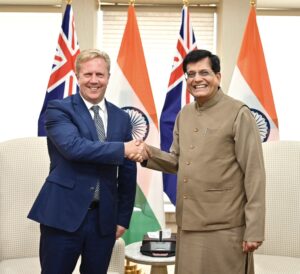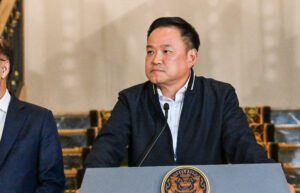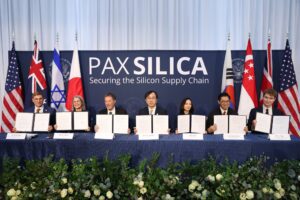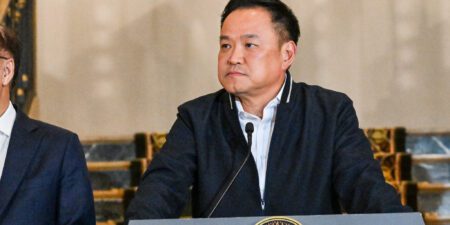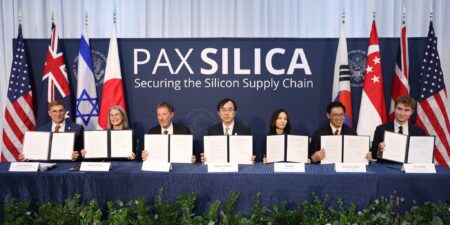
Vietnam Hosts Chinese President Amid Global Trade Turmoil
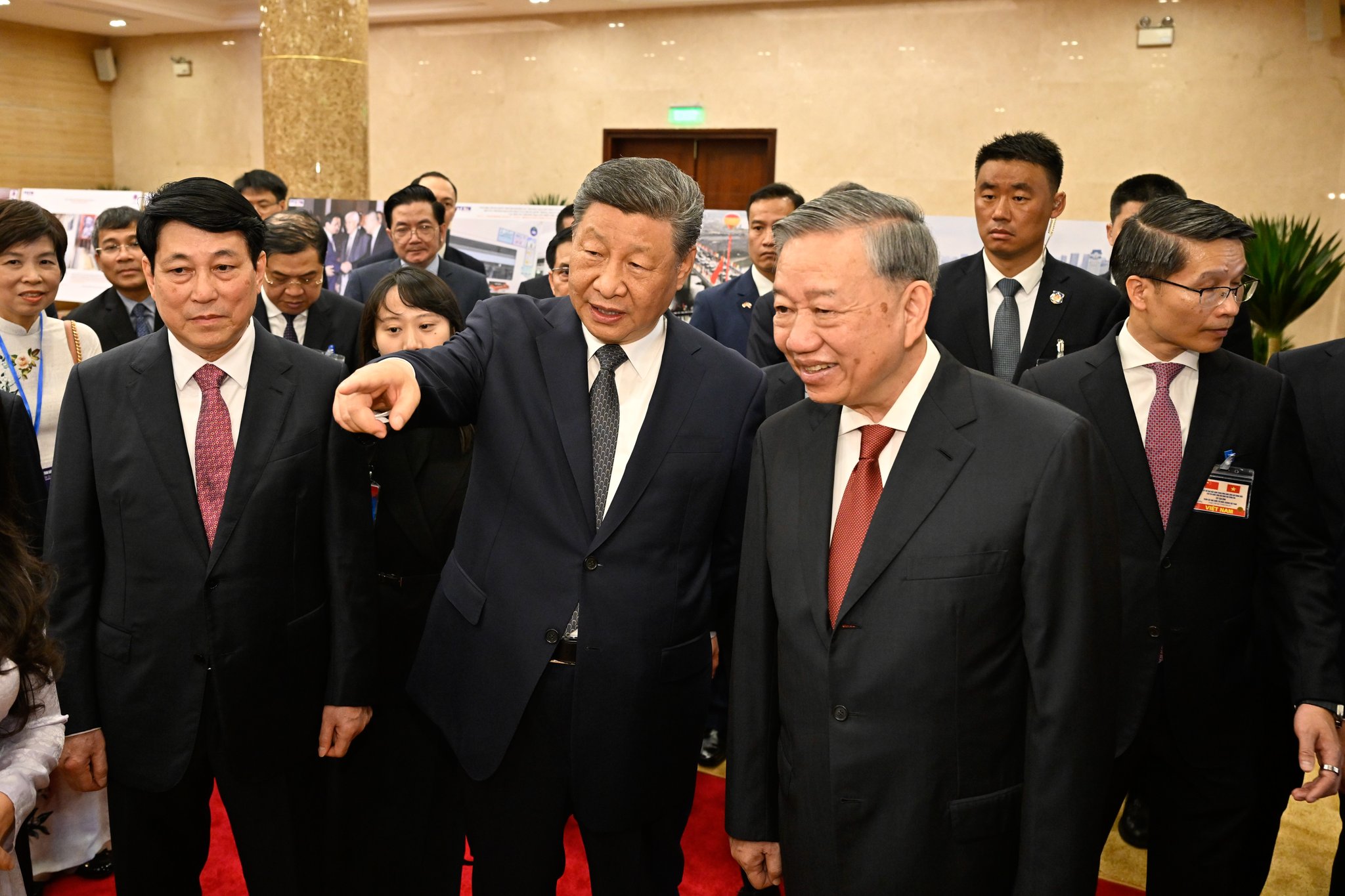
The BGA Vietnam Team, led by Managing Director Nguyen Viet Ha, wrote a client update on the recent visit of Chinese President Xi Jinping to Vietnam.
Context
- Chinese President Xi Jinping visited Vietnam from April 14-15, marking the start of his regional tour to three Association of Southeast Asian Nation (ASEAN) countries. After Vietnam, he visited Malaysia which was to be followed by a stop in Cambodia. This is Xi’s fourth trip to Vietnam in his dual capacity as general secretary of the Communist Party of China and state president. The timing of the visit coincided with the 75th anniversary of diplomatic relations between the two countries.
- Xi met with Vietnam’s top leaders during his visit, including Party Chief To Lam, Prime Minister Pham Minh Chinh, State President Luong Cuong and National Assembly Chairman Tran Thanh Man. Their discussions covered a number of topics, including infrastructure, the trade balance, investment, logistics and cooperation on production and supply chains. A total of 45 documents were signed, underscoring the special bilateral relationship. The joint statement issued during the visit highlighted the agreements reached by both parties.
Significance
- The visit occurred during a sensitive period, marked by escalating tensions between China and the United States over the tariffs U.S. President Donald Trump has announced in recent weeks, which are currently set at 145 percent. At the same time, Vietnam is actively negotiating with the United States to lower these tariffs. Some media outlets outside Vietnam characterized the visit as Xi’s attempt to rally support against “unilateral bullying” and to present Beijing as a dependable global trade partner. In response, Trump accused the Vietnamese and Chinese leaders of “trying to find a way to screw the United States,” heightening concerns about potential friction ahead of the trade negotiations.
- The agreements signed during the visit are intended to enhance market access for Vietnamese exports to China, focusing on agricultural products such as chilis, passion fruit, bird’s nests (both raw and processed) and rice bran. Additionally, efforts are underway in China to expedite the import licensing process for other Vietnamese products, including citrus fruits and herbal medicinal plants. These developments could unlock significant opportunities for Vietnamese producers and exporters.
Implications
- Xi’s visit has strengthened the bilateral strategic ties and economic relations, indicating a potential increase in investment and trade between the two countries. However, this development may complicate the ongoing negotiations between Vietnam and the United States, because the Trump administration will likely adopt a tougher stance on the transshipment of Chinese products and inputs in exports to the United States. To address this, Vietnamese businesses may be called on to diversify the sources of materials to reduce the Chinese content in their products.
- As collaboration between the two countries in customs and transportation improves, import-export activities are expected to become more efficient, minimizing logistical obstacles and enhancing overall trade operations. This progress will not only enable smoother trade flows but also create new opportunities for businesses in both nations to leverage expanded market access.
We will continue to keep you updated on developments in the Vietnam as they occur. If you have any comments or questions, please contact BGA Vietnam Managing Director Nguyen Viet Ha at vietha@bowergroupasia.com.
Best regards,
BGA Vietnam Team

BowerGroupAsia
×

















